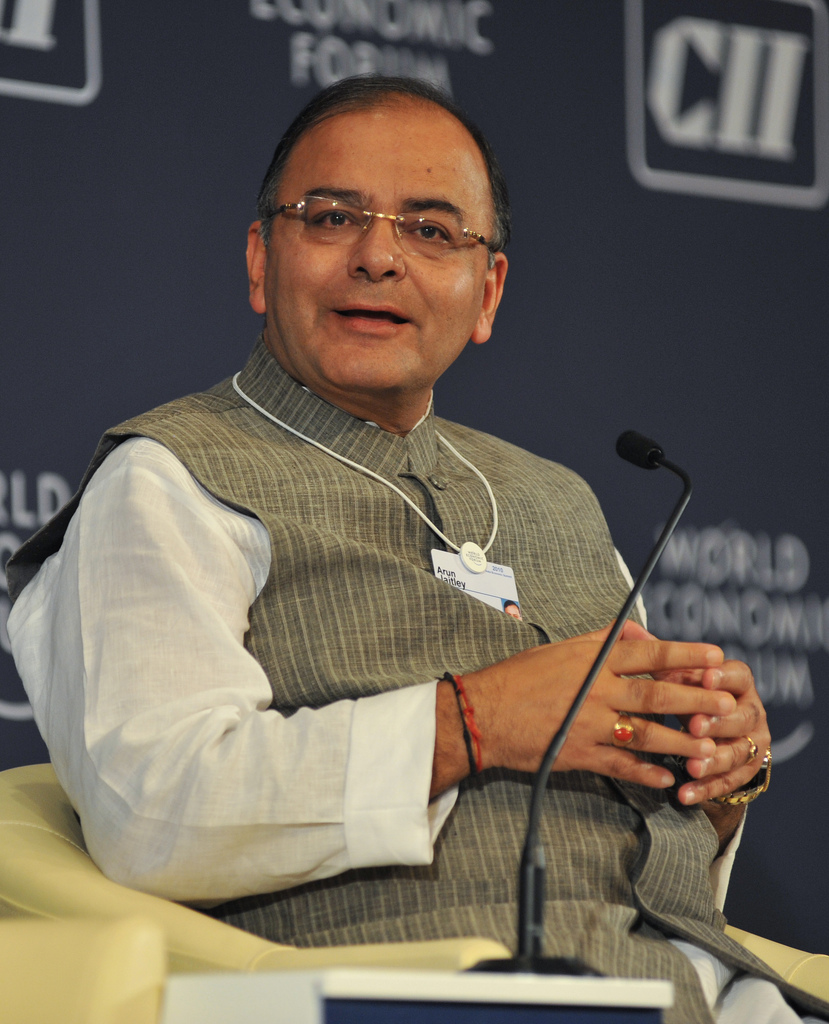
The unions of Coal India, the company which produces nearly 80% of the coal produced in India, have gone on a five day strike, starting January 6, 2015. The strike is supported by the five leading trade unions in the country, including the Bhartiya Janata Party backed Bhartiya Mazdoor Sangh (BMS).
The Press Trust of India reports that the strike is the biggest industrial action seen in any sector since 1977. It is also the biggest strike in the history of Coal India. Interestingly, the unions had boycotted a meeting called by coal minister Piyush Goyal last week.
The unions are essentially protesting the disinvestment and restructuring of Coal India. They also don’t like the idea of the government selling coal blocks to private parties. D Ramanandan, President of All India Coal Workers’ federation, told The Times of India that “The protests will not stop till the commercialization of coal blocks is not stopped”.
Long story short, the protesters want Coal India in particular and coal production in general to continue to be government owned in every way and keep private companies as far as possible. Nevertheless, the following table makes for a very interesting reading.
| Name of the Coal India subsidiary | Number of employees (as on Dec 1, 2014) | Coal production between April and September 2014 (in million tonnes) |
| Mahanadi Coalfields | 22,245 | 55.029 |
| South Eastern Coalfields | 69,012 | 54.367 |
| Northern Coalfields | 16,418 | 29.718 |
| Central Coalfields | 45,722 | 21.593 |
| Western Coalfields | 50,557 | 17.82 |
| Bharat Coking Coal | 57,184 | 16.106 |
| Eastern Coalfields | 69,739 | 15.967 |
| North Eastern Coalfields | 2,064 | 0.14 |
Source: www.coalindia.in
The table lists the eight coal producing subsidiaries of Coal India (the company has a ninth subsidiary called Central Mine Planning Design Institute, which does not mine coal). The North Eastern Coalfields produces a minuscule amount of coal and hence, can be left out of the analysis.
One look at the table will tell you that the two best performing companies of Coal India are Mahanadi Coalfields and Northern Coalfields.
For the period April to September 2014, Mahanadi Coalfields managed to produce 55.029 million tonnes of coal. As of December 1, 2014, it had an employee strength of 22,245.During the course of 2013-2014 it produced 114.34 million tonnes of coal or nearly one fourth of the coal that was mined by Coal India.
In case of Northern Coalfields the employee strength was 16,418. The coal produced amounted to 29.718 million tonnes. In 2013-2014, it produced 72.11 million tonnes of coal or around 15.6% of the total coal produced by Coal India.
It is also clear from the table that the company with the most number of employees, Eastern Coalfields, also produces the least amount of coal. The company with the third largest number of employees, Bharat Coking Coal, comes in second from the bottom when it comes to coal production. In 2013-2014, Eastern Coalfields produced just 36.25 million tonnes or 7.8% of the coal produced by Coal India. The same was the case with Bharat Coking Coal, which employed 17% of total Coal India employees but produced only 7.4% of coal that was produced.
The trend is clear here. Companies with fewer employees are producing more coal. The only exception to this is South Eastern Coalfields, which with 69,012 employees produced 54.367 million tonnes of coal during the first six months of this financial year.
Why is this the case? Why are companies with fewer employees producing more coal? The answer lies in the fact that companies which are producing more coal with fewer employees are outsourcing the excavation of coal. Also, the coal mines of Northern Coalfields are highly mechanised.
Another reason why Eastern Coalfields has a lower productivity is because it has many underground mines. In fact, during the first six months of this financial year, the company produced around 22.1% of its coal underground. The same stands true for Western Coalfields as well, which mined nearly 20.9% of its coal underground.
The overall number in case of Coal India was at 8%. Of the total of 210.74 million tonnes produced by Coal India between April to September 2014, 16.953 million tonnes was mined underground. The remaining coal was excavated from open cast mines.
This is an important point because the technology used to mine coal from underground mines is still very labour intensive and that to some extent explains the lower productivity of both Eastern as well as Western Coalfields.
Having said that companies like Eastern Coalfields and Bharat Coking Coal also have stronger trade unions (Eastern Coalfields is head-quartered at Sanctoria in West Bengal and Bharat Coking Coal at Dhanbad in Jharkhand, but right on the West Bengal border). This is another major reason which explains why these companies employ so many people to produce very little coal in comparison to other subsidiaries.
Nevertheless, outsourcing has made an inroad in the low productivity companies of Coal India as well. The contractual expenses of Eastern Coalfields have risen by 117% between 2009-2010 and 2013-2014. How does this compare with Coal India as a whole? The contractual expenses of Coal India in 2013-2014 stood at Rs 7812.71 crore, a rise of around 48% from 2010-2011. The annual report of the company points out that the contractual expenses have increased mainly due increased volume of contractual operations.
In simple English, more and more excavation of coal is being outsourced, even in a company like Eastern Coalfields, and this is something that the unions need to be more worried about than the government selling coal blocks to private companies.
It also needs to be pointed out here that the best performing companies of Coal India have huge operating margins. Mahanadi Coalfields earned a total revenue of Rs 12,033 crore during 2013-2014, with an operating profit of Rs 5429.08 crore, which means an operating margin of 45.1%. Interestingly, the company had an operating margin of 51.3% in 2012-2013. Northern Coalfields had an operating margin of of 40.1% in 2013-2014, having fallen from an operating margin of 54.2% that the company had earned in 2012-2013.
These companies should not be subsidiaries of Coal India. They should be allowed to operate on their own. Currently, these companies have a certain “command area” beyond which they cannot operate. Hence, Mahanadi Coalfields cannot operate a coal mine in the command area of Eastern Coalfields, even though the company is more productive at mining coal. These limitations need to be done away with for the simple reason that it will create more competition within the sector.
A recent report in the Business Standard newspaper suggests that the Suresh Prabhu-led ‘Advisory group for integrated development of power, coal and renewable energy’ “has quashed the idea of restructuring Coal India.” Nevertheless, the report does talk about empowering the subsidiaries of Coal India.
“(The) subsidiaries may be given adequate delegation of power, capital expenditure and operational flexibility, along with commensurate accountability, so that their dependence on CIL for decision making does not hamper fulfilment of targets set out for them,” the newsreport in Business Standard pointed out.
This is a good step forward. Ideally, the government should breakdown Coal India and let its subsidiaries operate on their own. Given that it does not want to do that, this is the next best step.
To conclude, India has the third largest coal reserves in the world of 301.56 billion tonnes as per estimates of the Geological Survey of India. But we still import a huge amount of coal.
Coal India produced 323.58 million tonnes of coal in 2004-2005. In 2013-2014, it produced 462.42 million tonnes of coal. The rate of production has increased at an average annual rate of 4.05%. During the same period, the total amount of coal imports has increased from 28.95 million tonnes to 171 million tonnes, at an average annual rate of 21.8%. What this clearly tells us is that India needs more coal. Not more Coal India.
The sooner the government realizes this, the better the energy scenario in the country is likely to be.
The column originally appeared on www.equitymaster.com as a part of The Daily Reckoning, on January 7, 2015

